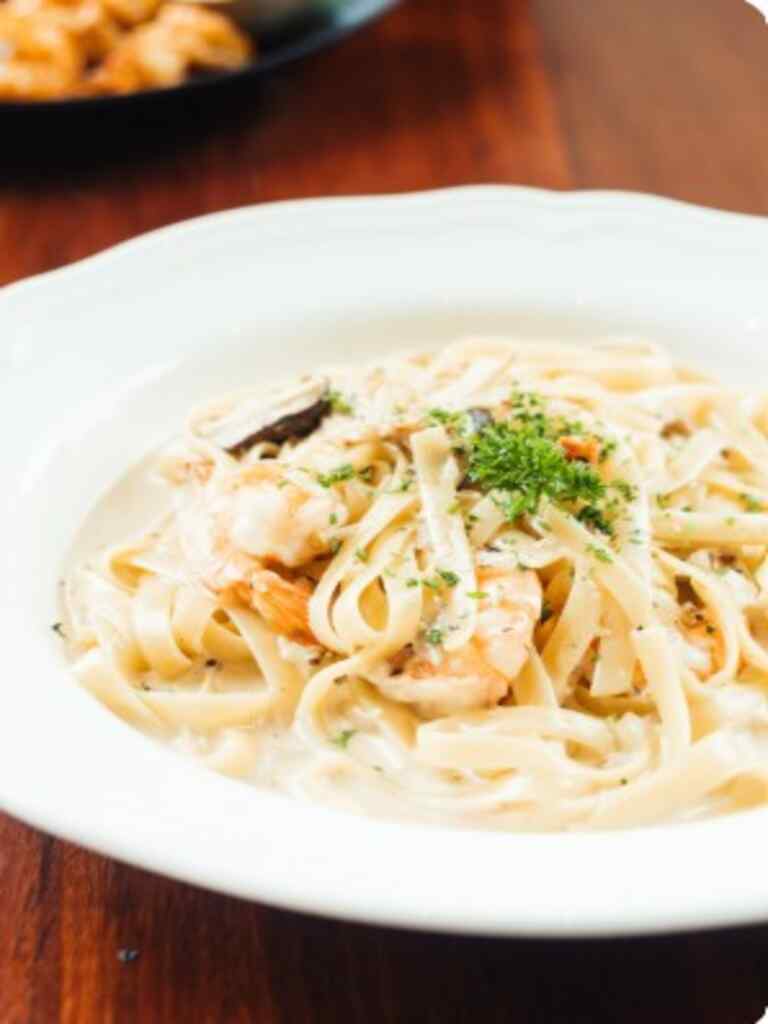
Carbonara is one of Italy’s most famous pasta dishes, known for its creamy, silky texture and bold, savory flavor. Traditionally, it’s made with just a few simple ingredients: pasta, guanciale (cured pork cheek), eggs, Pecorino Romano cheese, and black pepper.
When combined, these ingredients create a luscious sauce without the need for cream—just the richness of egg yolks and cheese binding perfectly to the pasta.
The dish is celebrated for its balance: salty guanciale, sharp Pecorino, peppery spice, and the comforting heartiness of pasta. It’s deceptively simple, yet deeply satisfying, making it a staple of Roman cuisine and a global favorite.
Must Read: Crispy & Flavorful: How to Make Authentic Israeli Falafel
Carbonara is one of Italy’s most famous pasta dishes, known for its creamy, silky texture and bold, savory flavor.
The origins of Carbonara are both fascinating and debated. It is generally agreed that the dish comes from Rome and the Lazio region of Italy, but its exact creation story has multiple theories:
Despite its debated origins, Carbonara rose to prominence in the mid-20th century and quickly spread worldwide. Today, it is one of the most internationally recognized Italian pasta dishes, though purists emphasize sticking to the authentic recipe—no cream, no garlic, and always guanciale over bacon.

Read Also: Why Poutine is a Must-Try Dish for Visitors to Canada
Classic Italian Carbonara is more than just pasta—it’s a timeless symbol of Roman culinary tradition, showcasing how simplicity and quality ingredients can create extraordinary flavor. Every forkful carries history, comfort, and the essence of Italy’s passion for food.